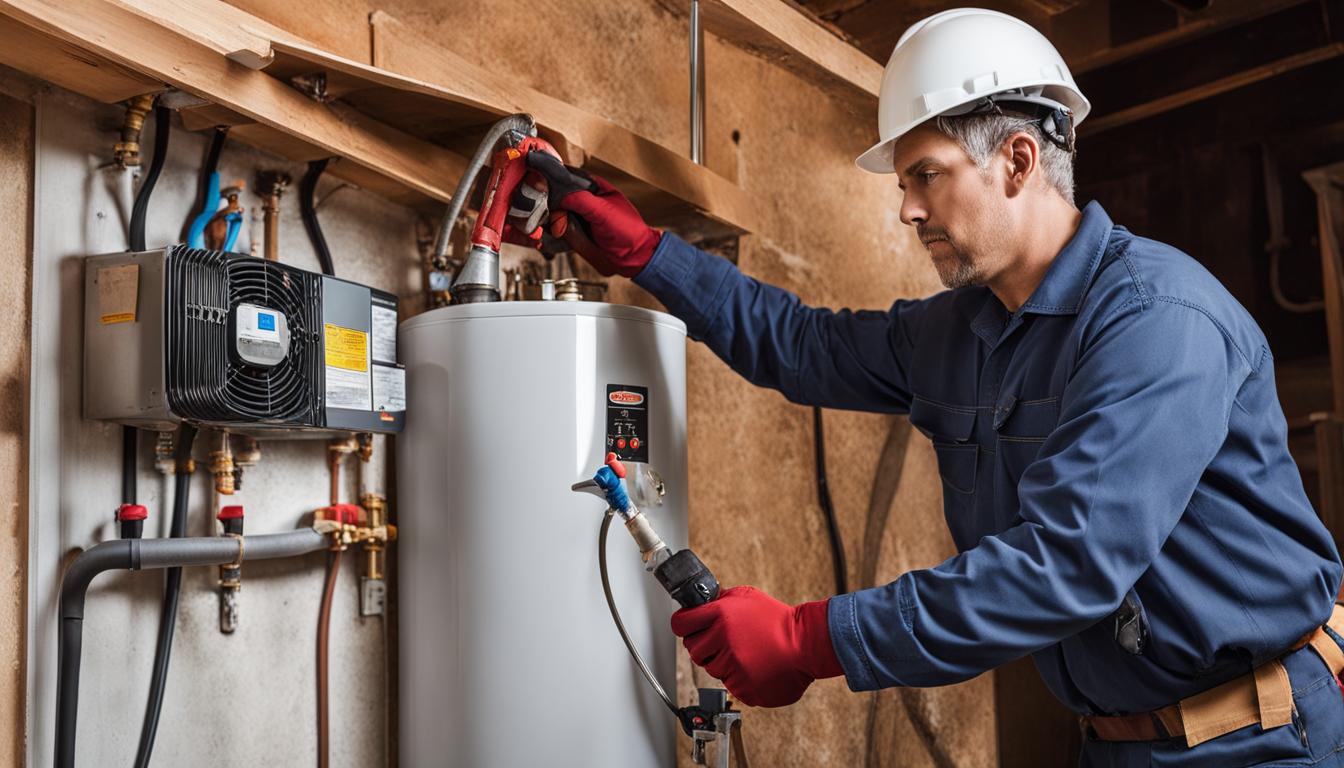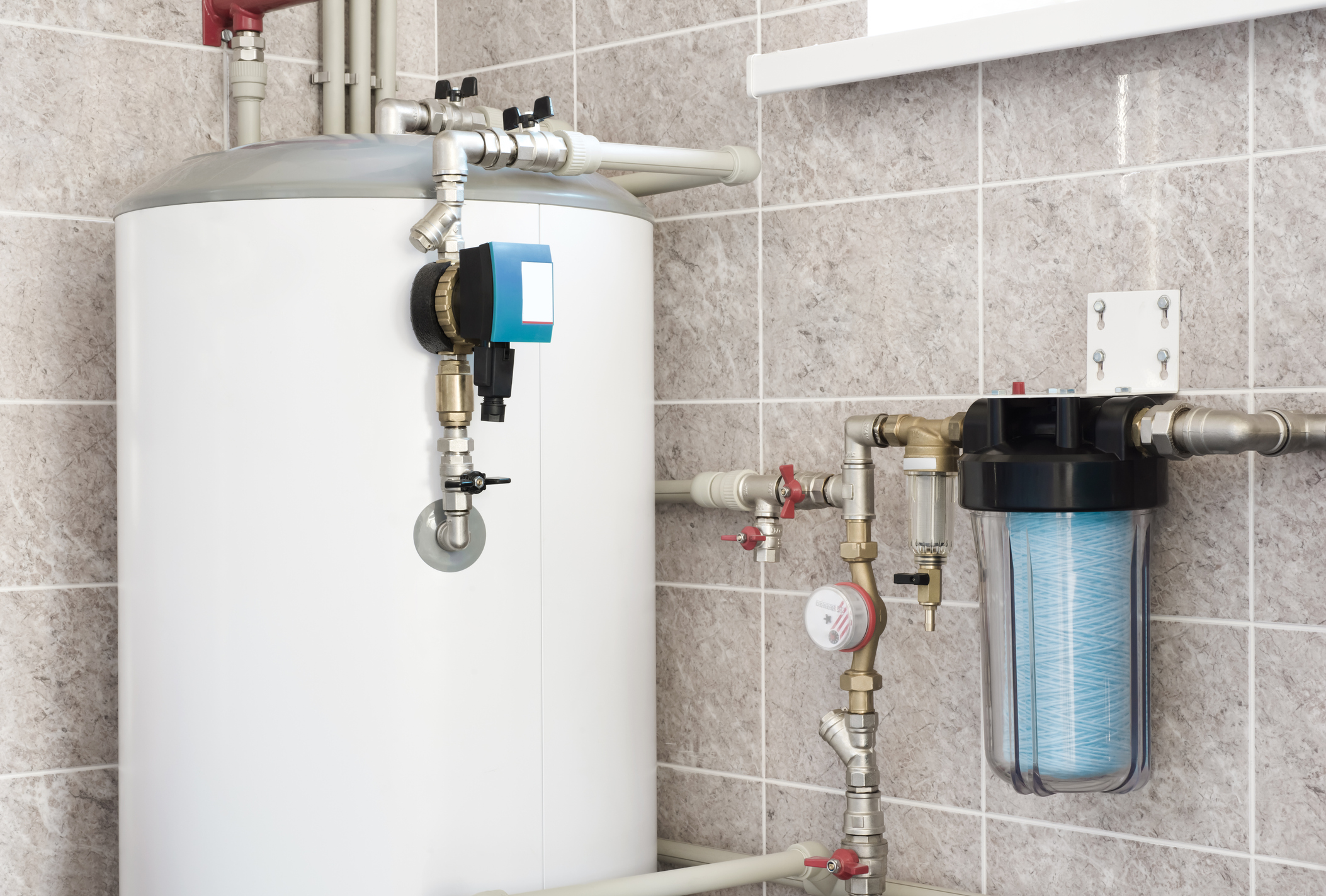Key Advice on Caring for Your Home's Hot Water System
Key Advice on Caring for Your Home's Hot Water System
Blog Article
Do you find yourself looking for facts concerning Tips For Maintaining Your Hot Water Heater?

Warm water is crucial for daily convenience, whether it's for a revitalizing shower or washing meals. To ensure your hot water system runs efficiently and lasts much longer, routine upkeep is crucial. This post offers practical pointers and understandings on how to preserve your home's hot water system to stay clear of disturbances and pricey repair services.
Introduction
Maintaining your home's warm water system may seem daunting, yet with a couple of basic steps, you can guarantee it runs efficiently for years to find. This overview covers whatever from understanding your warm water system to do it yourself maintenance suggestions and understanding when to call in expert help.
Relevance of Maintaining Your Hot Water System
Routine upkeep not only prolongs the life expectancy of your warm water system yet additionally ensures it operates successfully. Overlooking maintenance can lead to reduced performance, higher energy costs, and even early failure of the system.
Signs Your Hot Water System Demands Upkeep
Recognizing when your hot water system needs focus can avoid significant concerns. Watch out for signs such as irregular water temperature level, weird sounds from the heater, or rusty water.
Comprehending Your Hot Water System
Before diving right into maintenance tasks, it's helpful to understand the fundamental parts of your warm water system. Normally, this includes the hot water heater itself, pipelines, anode poles, and temperature level controls.
Regular Monthly Maintenance Tasks
Routine month-to-month checks can help catch minor problems prior to they intensify.
Purging the Hot Water Heater
Purging your water heater removes sediment accumulation, enhancing performance and prolonging its life.
Monitoring and Replacing Anode Rods
Anode poles prevent rust inside the container. Evaluating and replacing them when broken is essential.
Evaluating and Adjusting Temperature Level Setups
Adjusting the temperature setups makes sure optimum performance and safety.
Do It Yourself Tips for Maintenance
You can do a number of maintenance tasks yourself to keep your warm water system in leading condition.
Looking for Leaks
Regularly evaluate pipes and links for leaks, as these can result in water damages and greater expenses.
Checking Stress Alleviation Valves
Testing the pressure relief valve ensures it works correctly and avoids too much pressure accumulation.
Protecting Pipelines
Insulating warm water pipelines lowers warm loss and can conserve energy.
When to Call an Expert
While DIY maintenance is advantageous, some problems need specialist know-how.
Complex Problems Calling For Specialist Assistance
Examples consist of major leaks, electrical issues, or if your water heater is regularly underperforming.
Regular Specialist Maintenance Conveniences
Professional maintenance can consist of thorough evaluations, tune-ups, and guaranteeing compliance with safety criteria.
Verdict
Routine maintenance of your home's warm water system is necessary for effectiveness, longevity, and expense savings. By adhering to these tips and knowing when to look for professional help, you can make certain a trusted supply of hot water without unexpected interruptions.
How to Maintain an Instant Hot Water Heater
Before tinkering with your hot water heater, make sure that it’s not powered on. You also have to turn off the main circuit breaker and shut off the main gas line to prevent accidents. Also turn off the water valves connected to your unit to prevent water from flowing into and out of the appliance. 2. When you’re done, you have to detach the purge valves’ caps. These look like the letter “T†and are situated on either side of the water valves. Doing so will release any pressure that has accumulated inside the valves while at the same time avoid hot water from shooting out and burning your skin. 3. When the purge valves’ caps are removed, you have to connect your hosing lines to the valves. Your unit should have come with three hoses but if it didn’t, you can purchase these things from any hardware or home repair shops. You can also get them from retail stores that sell water heating systems. Read the user’s manual and follow it to complete this task properly. When the hosing lines are connected, open the purge port’s valves. 4. You should never use harsh chemical cleaners or solutions when cleaning your unit. Make use of white vinegar instead. It should be undiluted and you’ll probably use about 2 gallons. 5. Now flush your water heater. This task should probably take about 40 minutes. We can’t give you specific directions for this because the procedure is carried out depending on the type, model and brand of your heater. With that being said, refer to the user’s manual. 6. When you’re done draining the unit, you have to turn off the purge port valves again. Remove the hosing lines that you earlier installed on each of the water valves. Put the valve caps (purge port) back in their respective places and be very careful so as not to damage the rubber discs that are found inside these caps. 7. Now that everything’s back in place, check your user’s manual again to find out how to reactivate your water heating system. 8. Once it is working, turn one of your hot water faucets on just to let air pass through the heater’s water supply pipes. Leave the tap on until water flows smoothly out of it. https://www.orrplumbing.com/blog/2014/september/how-to-maintain-an-instant-hot-water-heater/

Do you enjoy more info about What Kind of Maintenance Do Water Heaters Need?? Write a review down below. We would be pleased to find out your insights about this blog post. We hope that you visit us again soon. Loved our review? Please share it. Let someone else check it out. Thanks a bunch for being here. Return soon.
Schedule Report this page